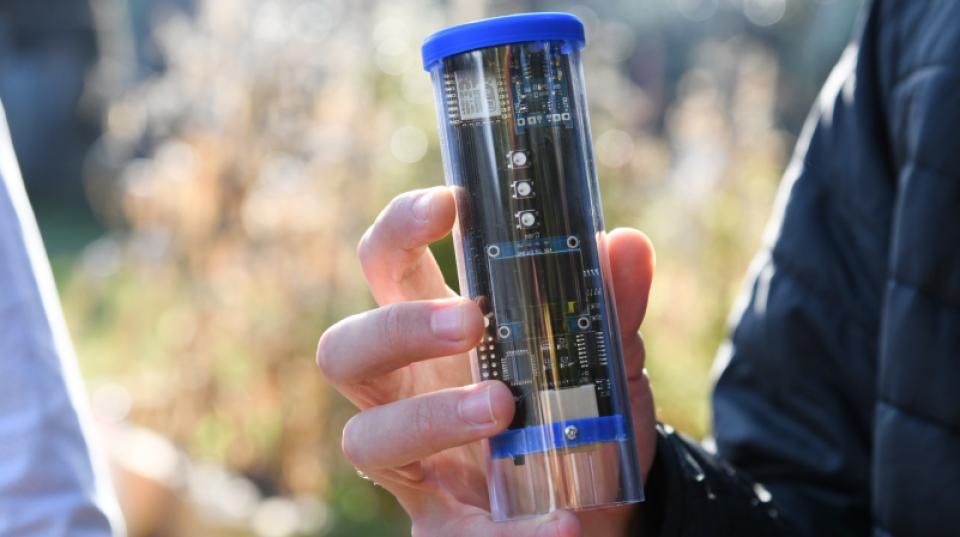Overview
In eastern India and Nepal tanks (small reservoirs) are still used for irrigation, livestock and domestic purposes, but fisheries are emerging as their primary usage. Competition between irrigation and fisheries often creates a rift within communities, resulting in management issues that directly contribute to poor tank maintenance.
The primary objective of this 10-month scoping study was to investigate the characteristics of tanks and tank irrigation in East Indian states (West Bengal, Bihar and Orissa) and the terai (plains) of Nepal. The constraints identified and opportunities envisaged assisted in the development of a 3-year ACIAR research proposal.
Outcomes
This scoping study resulted in the larger project "Improving dry season agriculture for marginal and tenant farmers in the Eastern Gangetic Plains through conjunctive use of pond and groundwater resources".
No final report has been published.



